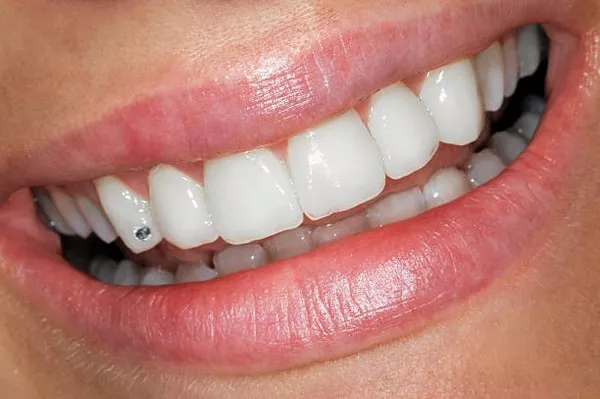In today’s fast-paced world, maintaining good oral health is paramount. Regular dental check-ups are a cornerstone of preventive healthcare. However, if you’ve ever been told you need a dental filling, one of the questions that immediately comes to mind is, “How much is it for a filling at the dentist?” In this comprehensive guide, we’ll delve into the factors influencing the cost of dental fillings, types of fillings, and ways to make this essential dental procedure affordable.
1. Types of Dental Fillings
Dental fillings come in various materials, each with its own cost considerations. Understanding the types of fillings can give you a better idea of what to expect when you visit your dentist:
a. Amalgam Fillings
Amalgam fillings, made from a combination of metals, are known for their durability. These silver-colored fillings are a budget-friendly option but are less aesthetically pleasing than other alternatives.
b. Composite Fillings
Composite fillings are tooth-colored and blend seamlessly with your natural teeth. They are a more aesthetically pleasing option but tend to be slightly more expensive than amalgam fillings.
c. Gold Fillings
Gold fillings, often preferred for their longevity and durability, are the most expensive option. They are highly resistant to corrosion and can last for decades.
2. Factors Affecting Filling Costs
The cost of a dental filling can vary widely based on several factors. Understanding these variables can help you anticipate the expense more accurately:
a. Filling Material
As mentioned earlier, the choice of filling material plays a significant role in determining the cost. Gold fillings are the most expensive, followed by composite, while amalgam is the most budget-friendly option.
b. Location
The location of the dental clinic can also affect the cost. Urban areas typically have higher living costs, which can translate into higher dental treatment fees. On the other hand, rural areas may offer more affordable options.
c. Dentist’s Experience
An experienced dentist may charge more for their expertise. However, their skills and precision can be worth the investment, ensuring a successful and long-lasting filling.
d. Number of Surfaces
The number of surfaces involved in the filling can impact the cost. Single-surface fillings are usually less expensive than multi-surface fillings, as the latter requires more material and time.
3. Dental Insurance and Coverage
Dental insurance can significantly reduce the out-of-pocket cost for dental fillings. Most insurance plans cover a portion of the expense, with the exact coverage varying depending on your policy. It’s essential to check with your insurance provider to understand your benefits fully.
4. Affordable Dental Care Options
If you’re concerned about the cost of dental fillings, there are several ways to make this essential procedure more affordable:
a. Dental Savings Plans
Dental savings plans are an alternative to traditional insurance. These plans offer discounts on various dental procedures, making fillings and other treatments more accessible.
b. Financing Options
Many dental clinics offer financing options, allowing you to pay for your treatment in manageable installments. This can be especially helpful for more extensive procedures or if you require multiple fillings.
c. Government Programs
In some countries, government programs or subsidies may be available to assist with dental care expenses. Check with your local authorities to see if you qualify for any such assistance.
5. The Importance of Dental Fillings
Understanding the cost of dental fillings is crucial, but it’s equally important to recognize their significance. Dental fillings are a vital component of oral health, as they prevent further decay and protect the structural integrity of your teeth. Neglecting necessary fillings can lead to more extensive and costly dental procedures down the line.
In conclusion, the cost of a dental filling at the dentist can vary widely based on multiple factors. It’s essential to consult with your dentist to discuss your specific needs, budget, and available options. Remember, investing in your oral health today can save you from more significant expenses and discomfort in the future. By exploring affordable dental care options, you can ensure that you receive the best possible treatment for your teeth without breaking the bank.
Related Links:
Do whitening strips work after one use?
What not to Do after using whitening strips?
How much to bleach teeth at dentist?































